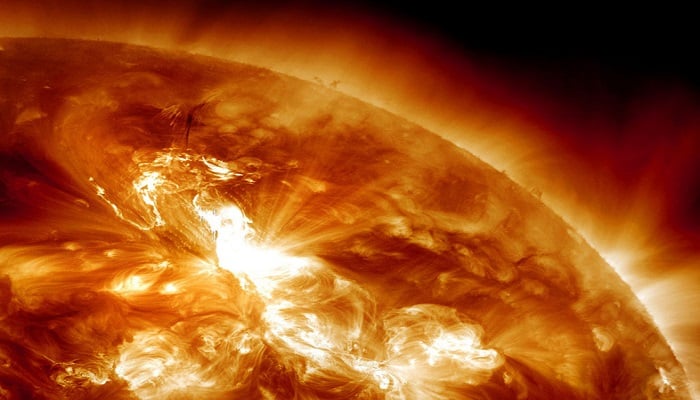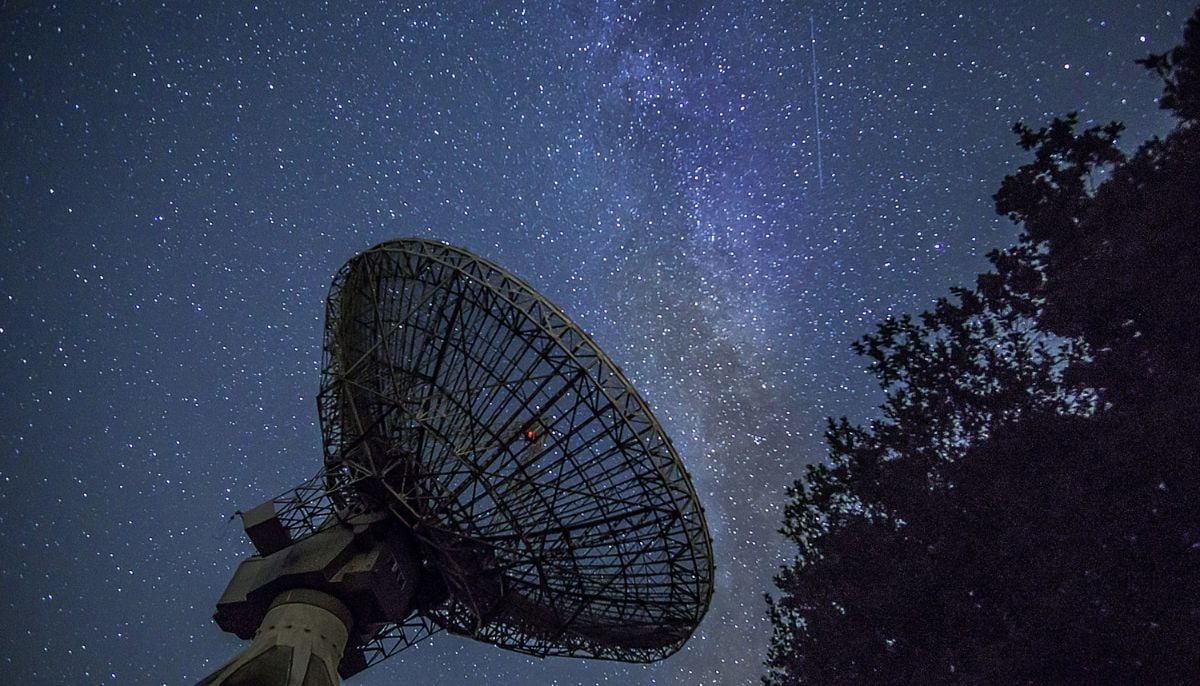Massive solar flare plunges parts of Earth into radio blackout
During the blackout, the radio signals of 20MGZ were lost for at least 20 minutes after the solar explosion
A massive solar flare generated by an exploding sunspot on the Sun plunged parts of the world, especially the Atlantic Ocean region into radio blackout, according to media reports.
National Oceanic and Atmospheric Administration (NOAA) issued a warning on April 30 saying that the AR3288 sunspot has been growing very fast containing an unstable delta-class magnetic field. The solar flare was termed the M7 class solar flare.
According to the Space Weather report: "Unstable sunspot AR3288 erupted today, May 1st at 1309 UT, producing a brief but intense M7-class solar flare. NASA's Solar Dynamics Observatory recorded the extreme ultraviolet flash."
"Radiation from the flare ionised the top of Earth's atmosphere, disrupting the normal propagation of radio transmissions on the planet below."
"Mariners and ham radio operators around the Atlantic Ocean may have noticed a loss of signal below 20 MHz for as much as 30 minutes after the explosion."
According to Nasa: "Sunspots are areas that appear dark on the surface of the Sun. They appear dark because they are cooler than other parts of the Sun’s surface."
The magnetic field lines near sunspots cause explosions as they reorganise, causing solar flares. It releases a lot of radiation into space. The intense intense explosion, releases radiation that can interfere with our radio communications here on Earth, said Nasa.
The short wavelength radio blackouts occurred in North and northwestern Africa, the northeastern part of South America including some parts of Europe, noted spaceweather.com in its data.
The major effects were felt in the Atlantic Ocean region. During the blackout, the radio signals of 20MGZ were lost for at least 20 minutes after the solar explosion, the data noted.
Apart from this, another concern is solar storm events in which huge amounts of coronal mass ejections (CME) take place, travelling from space to hit the Earth's magnetic field.
Their effects could spark geomagnetic storms. As a result, the satellites, communication, internet connectivity, and GPS could be disrupted or damaged. It could also cause power grid failures.
The images from Nasa's Solar and Heliospheric Observatory (SOHO) show no conclusive evidence about any solar storm approaching which could cause disruptions for the earth dwellers.
-
Blood Moon: When and where to watch in 2026
-
Elon Musk’s Starlink rival Eutelsat partners with MaiaSpace for satellite launches
-
Blue Moon 2026: Everything you need to know
-
Scientists unravel mystery of James Webb’s ‘little red dots’ in deep space
-
ISS crew of four completes medical evacuation with safe splashdown off California
-
Annular solar eclipse 2026: Here's everything to know about the ‘ring of fire’
-
World’s first ice archive created to preserve fast-melting glaciers’ secrets
-
NASA, DOE to develop Nuclear Reactor on the Moon by 2030












